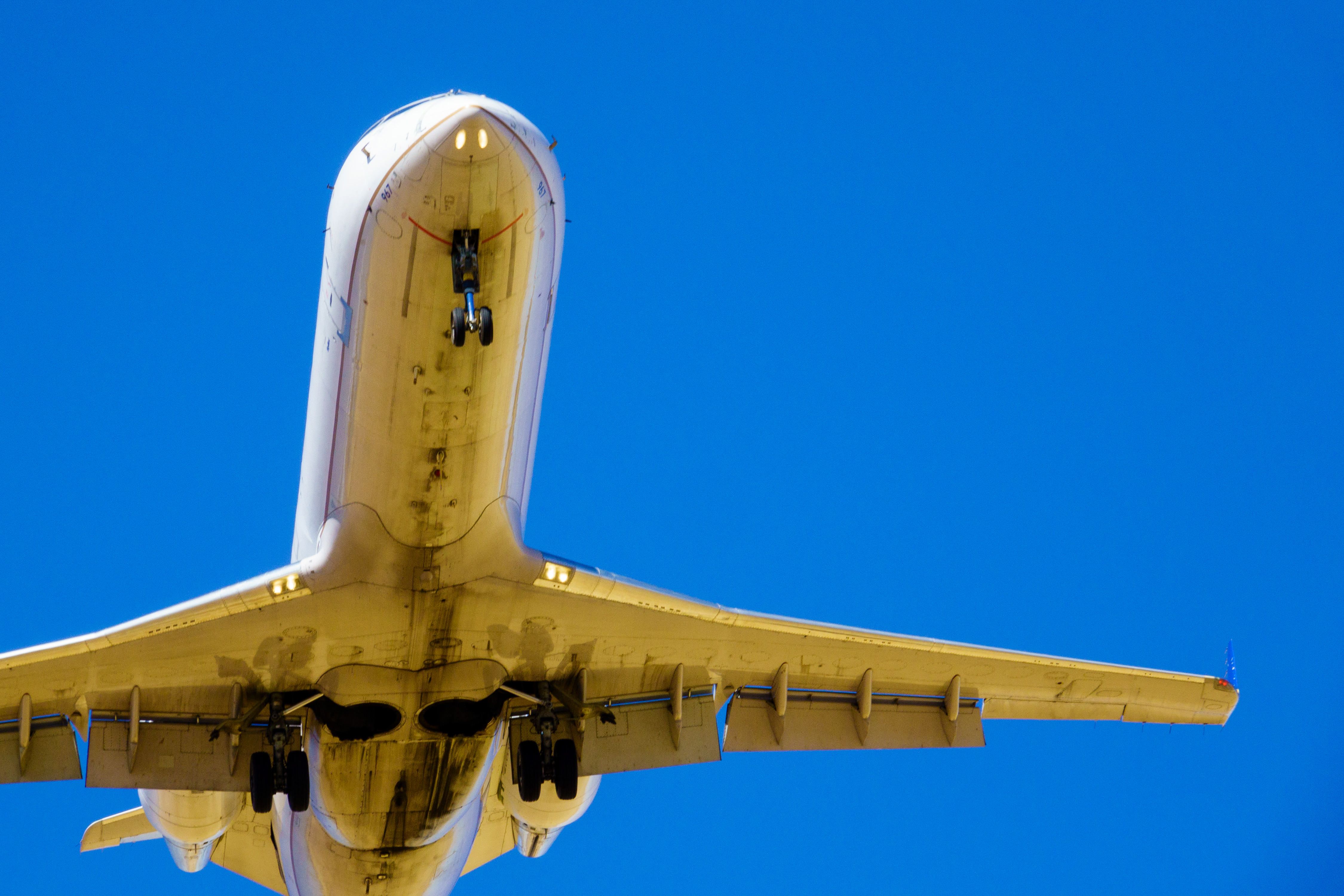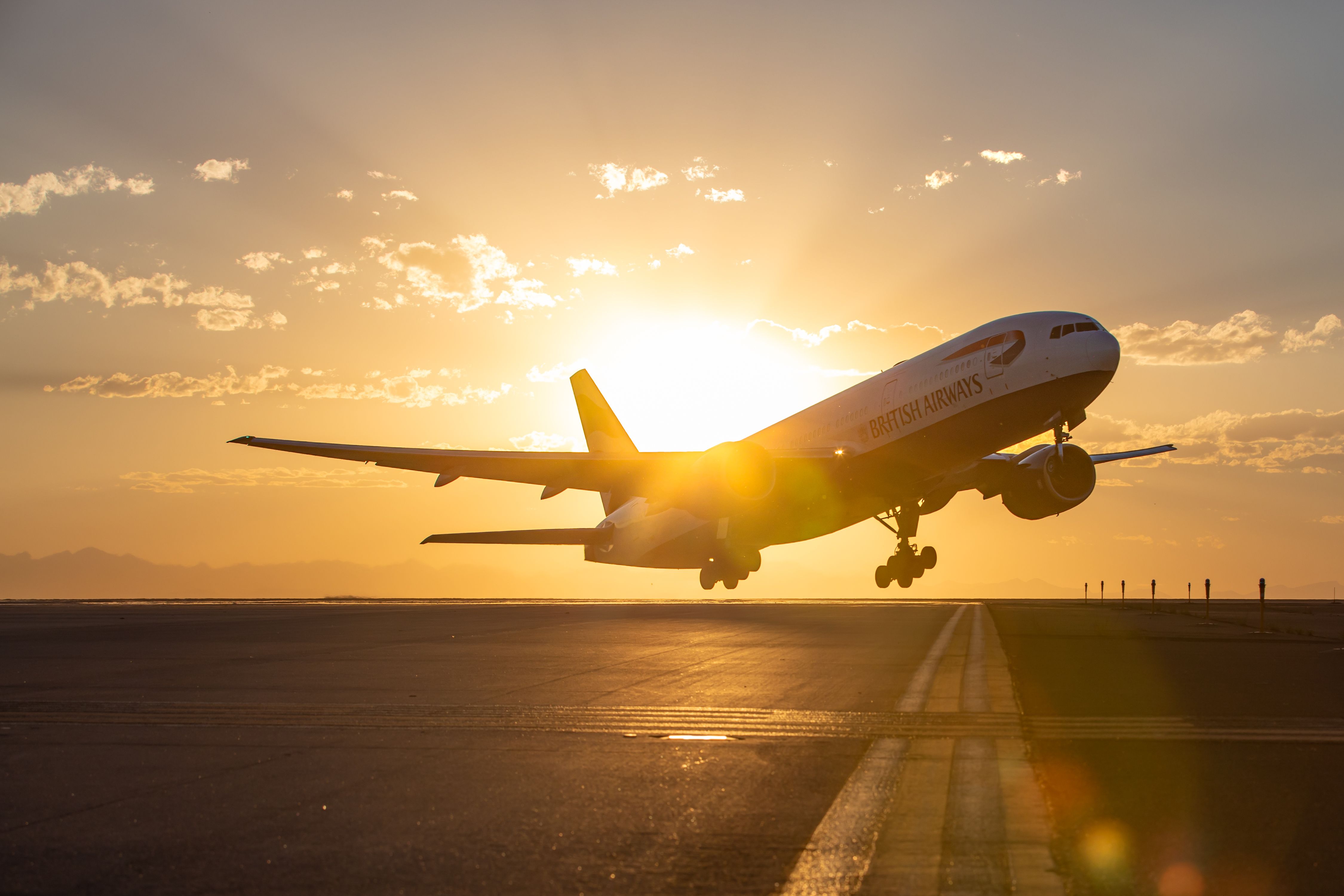Summary
- Landing gear not retracting is relatively rare but can occur due to a missed step in removing a pin or a mechanical error in the hydraulic system.
- When the landing gear does not retract, the pilot has three options: return to the airport of origin, divert to another airport, or continue with the flight.
- Continuing the flight burns fuel, reduces speed, and increases noise and vibrations, but returning poses its own challenges.
There are relatively few cases of landing gear not retracting. Aircraft are specially equipped with a sensor that tells when the wheels are bearing the aircraft’s weight and locks the landing gear down. After takeoff, the wheels cease to be load-bearing objects. The main wheels generally fold inward while the nose gear nose gear retracts forward into the belly of the aircraft. On rare occasions, the wheels do not retract when the hydraulic lever is switched, and the crew must evaluate the situation.
When could this happen?
The landing gear is built to be quite durable, but there are a few instances in which landing gear has failed to come up as anticipated. When aircraft are being pushed back on the ground, they are armed with a small pin that prevents the nose gear from retracting. This is always removed and shown to the pilot (as proof) before takeoff.
However, if the removal step was missed, the aircraft could take off with the pin in place. This would result in the main gear retracting while the nose year stayed down.
Photo: Denver International Airport
There is also the potential for a mechanical error. On smaller aircraft that do not have wheel bay doors, there is a risk of the hydraulic system becoming too cold to function properly following prolonged periods of taxiing through snow. In the case of JetBlue flight 292, the nose gear became jammed in a twisted position and could not retract into the fuselage.
What happens next?
The pilot will confer with his flight crew, air traffic control, and the airline to decide the best course of action. There are generally three options. Return to the airport of origin, divert, or continue. Returning to the original airport comes with several advantages and disadvantages. The location is often convenient, allowing the pilot and crew to quickly get the plane back on the ground and resolve the situation. However, airplanes away from their home base might not have maintenance facilities available at the location from which they just departed.
Photo: Denver International Airport
Several instances could call for a diversion to another airport. Sometimes, the decision can be made for safety reasons, leading the flight to land at a nearby airport with better facilities and emergency response capabilities. This happened when the JetBlue flight from Burbank to New York could not retract its nose gear and landed at nearby LAX because it had a longer runway and better emergency services.
However, planes are subject to a maximum landing weight, often significantly smaller than the takeoff weight. This is especially common on long-haul flights, which carry a significant amount of fuel to burn on the journey, arriving at their destination lighter than they departed.
Photo: Denver International Airport
Larger airlines like the Boeing 787 Dreamliner and Airbus A350 are built with the capacity to jettison fuel in situations like this. Generally, when fuel is dumped above 5,000 feet, it vaporizes before reaching the ground. Eliminating the fuel also reduces the aircraft’s landing speed as the plane is lighter while also reducing the risk of a fire. Smaller aircraft, such as the Airbus A320 family and Boeing 737s, do not have this capacity, often requiring them to fly in circles to burn fuel before they can land.
Can it keep flying?
The air and ground crew could also decide to continue the flight. In this case, several issues must be discussed. Flying with the gear down burns a significant amount of fuel and reduces the aircraft’s potential speed. This is due to the combined factors of decreased aerodynamics and a reduced cruising altitude. Flying with the gear locked down is also rough on passengers and crew due to increased noise and vibrations.
Photo: Denver International Airport
This can be the most suitable option on short flights or when the aircraft is homebound and proper maintenance facilities await upon arrival.





